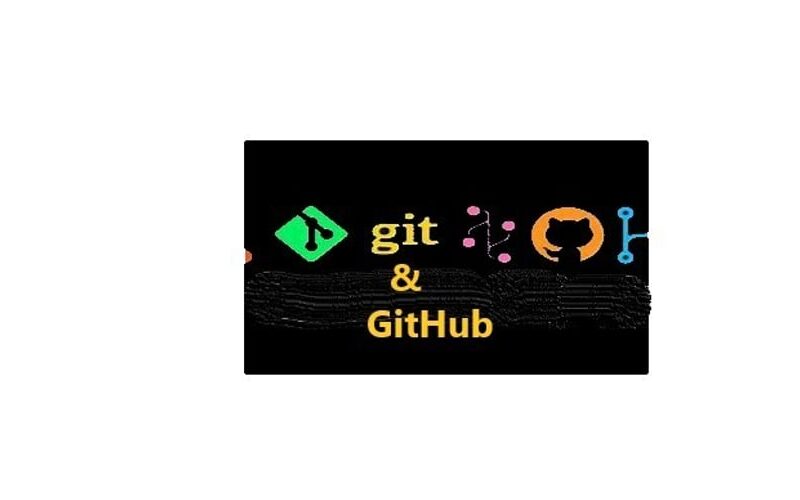Check out My Repository
Table of Contents
- Installation
- Configuration
- Initializing a Repository
- Cloning a Repository
- Checking Status
- Adding Files
- Making Commits
- Pushing Changes
- Pulling Changes
Introduction
Git and GitHub have become essential tools for developers worldwide. Git is a version control system that tracks changes in source code, while GitHub is a web-based platform for hosting Git repositories. Mastering Git and GitHub is crucial for modern software development and devops. This guide will walk you through setting up Git, creating a repository and using the basic commands like commits, pushing and pulling.
Setting Up Git
Installation
To get started with Git,
- Choose your local computer OS. For windows, choose the appropriate for your configuration and install.
- Sign up on GitHub to register a GitHub account.
Configuration
After installing Git, initialize your git in git bash and configure your username and email. These details will be associated with your commits.
- On your local computer task bar search for git bash and run as administrator.
-
Configure Username. Run the command below personalizing the username and press enter.
git config --global user.name "Your GitHub username" -
Configure email. Run the command below personalizing the email and press enter.
git config --global user.email "your github email address"
Creating a Repository
A Git repository is where your project files and their revision history are stored.
- Run this command to create a new directory called gitlab.
mkdir gitlab - Run the command below to change directory
cd gitlab
Initializing a Repository
To create a new repository, run the following command git init
This will initialize empty git repository in the local directory.
- To open a new visual studio code, run the following command and press enter.
code .
Basic Git Commands
You need to have a code before you can carry out any other command.
- On the Visual studio code create a .html file. On the menu, click on the 3 dot select terminal and then new terminal.
- On the terminal, run git commands like check status, add, commit, push and pull.
Checking Status
git status
Adding Files
Add your file to the staging area.
git add filename
git add .
Making Commits
Commits are snapshots of your project at a given point in time. Once your changes are staged with the add command, commit them with a message:
git commit -m "Your commit message"
Pushing Changes
Pushing command sends your commits to a remote repository, like GitHub. Hence, the remote repository has to exist first before a push command can take effect.
Creating Remote Repository GitHub
- go github.com and sign in
- click on + to add new repository
- Give it a name.
- choose public or private
- Add README file for your documentation
- Click create repository
- go to code and copy the repository url.
- connect the repository to the local machine. use the following command.
git remote add origin repo url
- Push changes
git push origin master
- sign in to GitHub when prompted and authorize git ecosystem. This is only applicable when you are pushing for the first time.
-
Go back to GitHub and notice the file is now in GitHub.
-
add a readme file on visual studio code. Afterwards do git add, git commit and git push.
Pulling Changes
Pulling fetches and merges changes from the remote repository to your local repository.
- Edit any of the file on GitHub, commit changes
- On your terminal, type the pull command below and notice the changes now reflect.
git pull origin master
Check out My Repository
Source link
lol


















